Home>Furniture>Living Room Furniture>How Long Do Couch Cushions Last


Living Room Furniture
How Long Do Couch Cushions Last
Modified: March 16, 2024
Discover how long couch cushions typically last and get tips for extending their lifespan. Upgrade your living room furniture with our expert advice.
(Many of the links in this article redirect to a specific reviewed product. Your purchase of these products through affiliate links helps to generate commission for Storables.com, at no extra cost. Learn more)
Introduction
Welcome to the world of living room furniture! One of the most important pieces in any living room is the couch, and the comfort and durability of its cushions can greatly impact your sitting experience. But have you ever wondered how long couch cushions actually last? Well, you’ve come to the right place to find out.
The lifespan of couch cushions can vary depending on a few factors, including the quality of materials used, frequency and method of use, and the maintenance and care practices employed. Understanding these factors can help you make informed decisions when it comes to choosing and maintaining your couch cushions.
In this article, we will delve into the different factors that can affect the lifespan of couch cushions and discuss how you can extend their longevity. So, sit back, relax, and let’s explore the wonderful world of living room furniture and how to keep your couch cushions in top-notch condition.
Key Takeaways:
- Couch cushions last longer with high-quality materials, proper maintenance, and responsible usage. Regular fluffing, rotating, and protecting from sunlight can extend their lifespan, providing enduring comfort for years.
- Signs of wear, such as sagging, permanent indentations, and visible tears, indicate when it’s time to replace couch cushions. Following maintenance tips, like vacuuming and spot cleaning, can prolong their lifespan and ensure lasting comfort.
Read more: What To Do With Old Couch Cushions
Factors that Affect the Lifespan of Couch Cushions
The lifespan of couch cushions can be influenced by several key factors. Understanding these factors can help you determine how long your cushions are likely to last and take proactive measures to prolong their lifespan.
- Quality of Materials Used: The quality of the materials used in the construction of the cushions plays a major role in determining their longevity. High-quality cushions are typically made with durable foam cores and resilient padding materials that can withstand regular use without losing their shape or support. On the other hand, cushions made with low-quality materials may start to sag or flatten over time, reducing their comfort and lifespan.
- Frequency and Method of Use: How often you use your couch and how you use it can also impact the lifespan of the cushions. If your couch is a centerpiece in your living room and gets used daily by family members and guests, the cushions are likely to experience more wear and tear. Additionally, how the couch is used, such as lounging, jumping, or sitting in the same spot repeatedly, can also affect the cushions’ longevity.
- Maintenance and Care Practices: Proper maintenance and care can significantly extend the lifespan of your couch cushions. Regularly fluffing and rotating the cushions can help distribute the wear evenly, preventing them from developing permanent indentations. Vacuuming and spot-cleaning the cushions can remove dirt and stains, maintaining their appearance and freshness. Following the manufacturer’s instructions for cleaning and care is essential to avoid damaging the cushions.
- Environmental Factors: The environment in which the couch is placed can also influence the lifespan of the cushions. Excessive exposure to direct sunlight can cause the fabric and cushion covers to fade, while high humidity levels can lead to mold or mildew growth. Pets, particularly those with sharp claws, can also cause damage to the cushions if not properly trained or if protective measures are not taken.
By considering these factors, you can gain a better understanding of how long your couch cushions are likely to last and adjust your usage and maintenance practices accordingly. In the next sections, we will explore signs that indicate when it’s time to replace your cushions and share tips on how to extend their lifespan. So, stay tuned!
Quality of Materials Used
When it comes to determining the lifespan of couch cushions, the quality of materials used in their construction is of paramount importance. High-quality materials can greatly contribute to the durability and longevity of your cushions, ensuring that they maintain their shape and comfort for years to come.
The foam core of the cushions is a critical component that directly affects their durability. High-density foam, such as HR (high-resilience) foam or memory foam, is usually more resilient and long-lasting compared to low-density foams. These foams have the ability to bounce back to their original shape after being compressed, providing excellent support and preventing sagging.
In addition to the foam core, the padding and upholstery materials used can also impact the lifespan of the cushions. Durable padding materials, such as polyester fiberfill or down feathers, can add extra comfort and support while maintaining their shape over time. On the other hand, cushions filled with low-quality or inadequate padding materials may quickly lose their loftiness and become flat and uncomfortable.
When it comes to upholstery, the type and quality of fabric used play a significant role in the longevity of the cushions. Fabrics with high rub count, which measures their resistance to abrasion, are more likely to withstand regular use without showing signs of wear and tear. Synthetic fibers like polyester or nylon blends are known for their durability and are often a popular choice for upholstery.
It’s also worth considering the construction of the cushion covers. Well-constructed covers with tight seams and reinforced stitching can prevent the cushions from bursting or ripping at the seams, ensuring their longevity. Additionally, removable and washable covers are convenient for regular maintenance and can help keep the cushions looking fresh and clean.
When purchasing a couch or replacement cushions, it’s essential to pay attention to the quality and type of materials used. Investing in higher-quality materials may initially cost more, but it can save you money in the long term by extending the lifespan of your cushions. You can consult with furniture professionals or do thorough research to find reputable brands known for their high-quality materials and craftsmanship.
By selecting couch cushions made with top-notch materials and construction, you can ensure that your cushions stand the test of time and provide enduring comfort for you and your loved ones. In the following sections, we will explore other factors that can influence the lifespan of couch cushions and provide tips on how to maintain and extend their longevity. So, keep reading!
Frequency and Method of Use
Another important factor that can affect the lifespan of couch cushions is the frequency and method of use. How often the couch is used and how it is used can significantly impact the wear and tear that the cushions undergo.
If your couch is the central gathering spot in your home, seeing daily use by family members and entertaining guests, the cushions are likely to experience more wear and tear compared to a couch that is rarely used or located in a formal living room.
The way you use the couch can also have an impact. Lounging, jumping, or repeatedly sitting in the same spot can put greater stress on specific areas of the cushions, leading to uneven wear and possibly causing them to lose their shape over time.
It’s important to consider the weight and pressure that the cushions bear. Heavier individuals or those who tend to slouch or plop down on the couch may put more strain on the cushions, leading to faster compression and potential sagging.
In households with children or pets, the cushions can be subjected to additional challenges. Children may use couches as trampolines or play areas, while pets with claws can scratch or puncture the fabric and foam. Taking preventive measures, such as teaching children proper couch etiquette and using protective covers for pets, can help mitigate potential damage to the cushions.
Implementing some simple usage practices can also help extend the lifespan of your couch cushions. Encouraging family members and guests to distribute their weight evenly across the cushions can prevent excessive wear on one area. Regularly rotating and flipping the cushions can help distribute the wear more evenly, ensuring that no one cushion bears the brunt of the pressure all the time.
It’s also a good idea to provide additional support by using throw pillows or cushion inserts where needed. This can help alleviate pressure on specific areas and reduce sagging.
By being mindful of how often and how your couch cushions are being used and taking proactive steps to minimize excessive wear and tear, you can help prolong their lifespan and maintain their comfort for years to come.
In the next sections, we will explore maintenance and care practices that can further enhance the durability of your couch cushions. So, stay tuned for more tips and tricks on keeping your cushions in great shape!
To extend the life of your couch cushions, rotate and flip them regularly to distribute wear evenly. Vacuum and spot clean regularly to prevent dirt and stains from setting in.
Maintenance and Care Practices
Regular maintenance and proper care are essential to extend the lifespan of your couch cushions. By implementing the following practices, you can keep your cushions in excellent condition and ensure that they provide optimal comfort and support for years to come.
1. Fluff and Rotate: Regularly fluffing and rotating your couch cushions can help redistribute the fill material and prevent them from developing permanent indentations. By doing this every few weeks, you can ensure that the cushions wear evenly.
2. Vacuuming: Vacuum your cushions regularly to remove dirt, dust, and debris that can accumulate over time. Use a soft brush attachment to gently clean the fabric without causing damage or pulling at the threads. This will help keep your cushions clean and fresh.
3. Spot Cleaning: Accidents happen, so it’s important to address spills and stains as soon as possible. Follow the manufacturer’s guidelines for spot cleaning your specific couch cushions. Use mild soap or upholstery cleaner and a clean cloth to gently treat the affected area. Always test the cleaning solution on a small, inconspicuous area first to ensure it doesn’t cause discoloration or damage.
4. Avoid Excessive Moisture: While spot cleaning is necessary, be cautious not to oversaturate the cushions with water or cleaning solutions. Excessive moisture can lead to mold and mildew growth, and it may also cause the cushions to lose their shape or develop an unpleasant odor.
5. Protect from Sunlight: Direct sunlight can cause fading and deterioration of the fabric and cushion covers. If possible, position your couch away from direct sunlight or use curtains, blinds, or UV-protective window films to reduce exposure. This will help preserve the appearance and lifespan of your cushions.
6. Address Odors: To keep your cushions smelling fresh, you can sprinkle baking soda on them and let it sit for a few hours before vacuuming it off. Baking soda can help absorb odors and keep your cushions smelling clean.
7. Professional Cleaning: Consider having your couch cushions professionally cleaned every few years, especially if they are heavily soiled or have accumulated deep-seated stains. Professional cleaning can help remove dirt and allergens that regular vacuuming and spot cleaning may not fully eliminate.
By following these maintenance and care practices, you can ensure that your couch cushions remain in excellent condition. Regular upkeep not only extends their lifespan but also enhances your sitting experience by providing clean, fresh, and comfortable cushions.
In the next section, we will look at some signs that indicate it’s time to replace your couch cushions and explore ways you can extend their lifespan. So, stay with us for more valuable insights!
Read more: How To Measure Couch Cushions
Signs of Wear and When to Replace Couch Cushions
While regular maintenance and care can significantly extend the lifespan of your couch cushions, there will come a time when they need to be replaced. Understanding the signs of wear and knowing when to replace them is crucial to maintaining the comfort and support of your couch.
1. Sagging and Flattening: Over time, couch cushions can begin to lose their shape and support. If you notice that the cushions no longer retain their original plumpness and have started to sag or flatten, it may be time to consider replacing them. Sitting on uncomfortable and unsupportive cushions can lead to discomfort and poor posture.
2. Permanent Indentations: Indentations that do not bounce back are a clear indication that the cushion material has deteriorated and is no longer providing the necessary support. If the cushions show significant permanent indentations, it’s a sign that they are no longer providing the comfort they once did and should be replaced.
3. Visible Tears or Rips: If the cushion covers are torn or ripped, they not only affect the aesthetics of your couch but can also expose the cushion materials to further damage. Torn covers can allow dirt and debris to enter the cushions, causing them to deteriorate more quickly. If the damage is extensive or beyond repair, it’s time to invest in new cushion replacements.
4. Unpleasant Odors: Despite regular cleaning, if your cushions develop persistent odors that are hard to remove, it may be an indication that the cushion materials have absorbed too much moisture or have built-up dirt and bacteria. In such cases, it’s best to replace the cushions to ensure a fresh and odor-free seating experience.
5. Allergies or Irritations: If you or your family members experience recurrent allergies or skin irritations that may be linked to the couch cushions, it’s advisable to consider replacing them. Old cushions can harbor allergens, dust mites, and other irritants that can negatively impact indoor air quality and your overall well-being.
6. Irreparable Damage: In some cases, the cushions may suffer severe damage that cannot be effectively repaired, such as extensive mold or mildew growth or damage caused by pets. If the damage is beyond repair and compromises the integrity of the cushions, it’s time to invest in new ones.
Even if your couch cushions haven’t shown any visible signs of wear, it’s generally recommended to replace them every 5-7 years, depending on usage and quality. Regular use and prolonged exposure to body oils, sweat, and other factors can lead to gradual degradation of the cushion materials.
By staying attentive to these signs and replacing your couch cushions when necessary, you can ensure the continued comfort, support, and aesthetic appeal of your living room furniture.
In the concluding section, we will discuss tips and practices to help prolong the lifespan of your couch cushions and optimize your investment in comfortable seating. So, don’t miss it!
Extending the Lifespan of Couch Cushions
While the lifespan of couch cushions can vary depending on several factors, there are steps you can take to maximize their durability and extend their lifespan. By implementing these practices, you can ensure that your cushions continue to provide optimal comfort and support for an extended period of time.
1. Regular Maintenance: Consistent maintenance is key to prolonging the lifespan of your couch cushions. Follow a regular cleaning routine by vacuuming them regularly to prevent dirt and debris from settling into the fabric and padding. Spot clean any spills and stains promptly to avoid them becoming permanent marks.
2. Fluff and Rotate: Regularly fluff and rotate your cushions to distribute the fill materials evenly. This helps to prevent the cushions from becoming compressed in specific areas and developing permanent indentations. By rotating them, you ensure that the wear is spread evenly across all cushions.
3. Protect from Sunlight: Direct sunlight can lead to fabric fading and deterioration of the cushion covers. Protect your couch from prolonged exposure to sunlight by using curtains, blinds, or UV-protective window films. This will help preserve the color and quality of the fabric, ultimately extending the lifespan of your cushions.
4. Use Throw Pillows: Incorporating throw pillows into your seating arrangement can provide additional support and help distribute weight across the cushions more evenly. This reduces the strain on any individual cushion and prevents excessive wear in one specific area.
5. Train Pets: If you have pets, it’s important to train them to respect the couch and discourage them from scratching or digging at the cushions. Provide alternative scratching surfaces and use pet-friendly covers or blankets to protect the cushions from potential damage.
6. Invest in Protective Covers: Consider using removable and washable covers to protect your cushions from spills, pet accidents, and general wear and tear. These covers act as a barrier and can be easily cleaned or replaced when necessary.
7. Avoid Jumping on the Couch: Discourage rough play or jumping on the couch, as this can lead to excessive strain and deformation of the cushions. Establish clear rules and boundaries for the use of the couch, ensuring that it is used primarily for seating and relaxation.
8. Consider Reupholstery: If the cushion covers are worn or damaged, but the cushion cores are still in good condition, you may opt for reupholstering. This involves replacing the fabric and padding while keeping the original foam cores. Reupholstery can breathe new life into your couch cushions and extend their lifespan without the need to purchase entirely new cushions.
By following these practices, you can significantly extend the lifespan of your couch cushions and maximize the value of your investment in comfortable seating. Regular maintenance, protection from environmental factors, and responsible usage will ensure that your cushions remain in excellent condition for years to come.
Now that we’ve explored various factors that affect couch cushion lifespan and provided tips for extending their lifespan, it’s time to put this knowledge into practice. By implementing these strategies, you can enjoy your cozy couch cushions for an extended period and create lasting memories with friends and family.
Conclusion
Your couch cushions play a crucial role in providing comfort and support while lounging or entertaining guests in your living room. Understanding the factors that can affect their lifespan and implementing proper care and maintenance practices are key to ensuring that they last for as long as possible.
We’ve explored the importance of using high-quality materials in the construction of couch cushions, as well as the impact of frequency and method of use on their longevity. Additionally, we discussed the significance of regular maintenance and care, including fluffing and rotating cushions, vacuuming, spot cleaning, and protecting them from sunlight and excessive moisture.
We’ve also learned to recognize signs of wear, such as sagging, permanent indentations, visible tears or rips, unpleasant odors, and irreparable damage, and when it’s time to replace the cushions. By closely observing these signs, you can make informed decisions about when to invest in new cushions to maintain optimal comfort and support.
Furthermore, we’ve provided valuable tips on how to extend the lifespan of couch cushions. Regular maintenance, proper usage, protecting from sun exposure, using throw pillows, training pets, investing in protective covers, and considering reupholstery are all strategies that can significantly prolong the life of your cushions.
Remember, taking care of your couch cushions not only enhances their durability but also ensures a comfortable and inviting seating experience. By following these guidelines, you can enjoy your couch cushions for many years, creating countless special moments and creating a warm and inviting atmosphere in your living room.
So, whether you’re curling up with a good book, entertaining guests, or simply relaxing after a long day, your well-maintained couch cushions will provide the perfect place to lounge and unwind.
Investing time and effort into caring for your couch cushions is a small price to pay for the years of comfort and enjoyment they can bring. So, go ahead, take the necessary steps to maintain and extend the lifespan of your couch cushions, and make the most out of your living room furniture investment!
Frequently Asked Questions about How Long Do Couch Cushions Last
Was this page helpful?
At Storables.com, we guarantee accurate and reliable information. Our content, validated by Expert Board Contributors, is crafted following stringent Editorial Policies. We're committed to providing you with well-researched, expert-backed insights for all your informational needs.
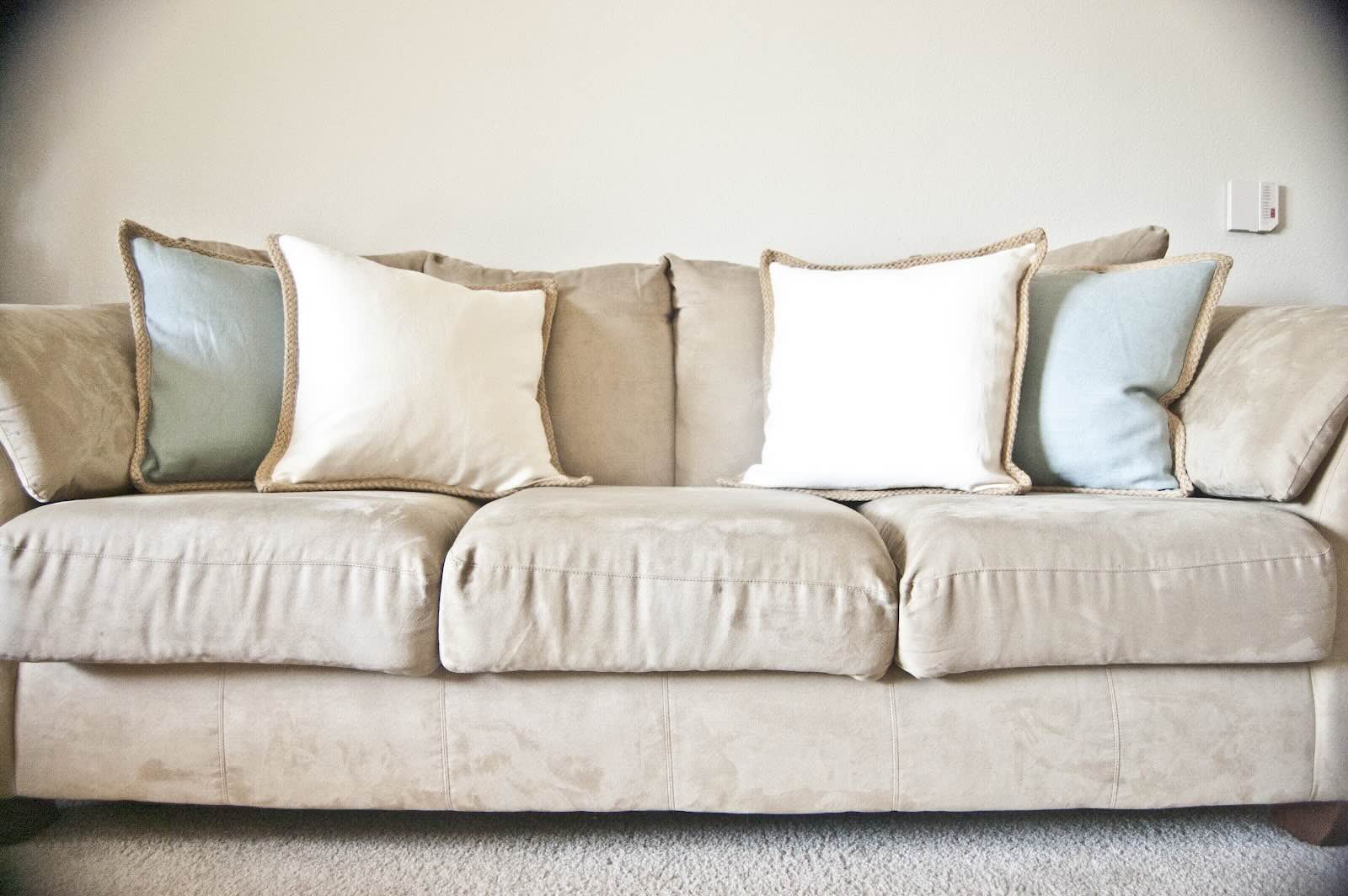
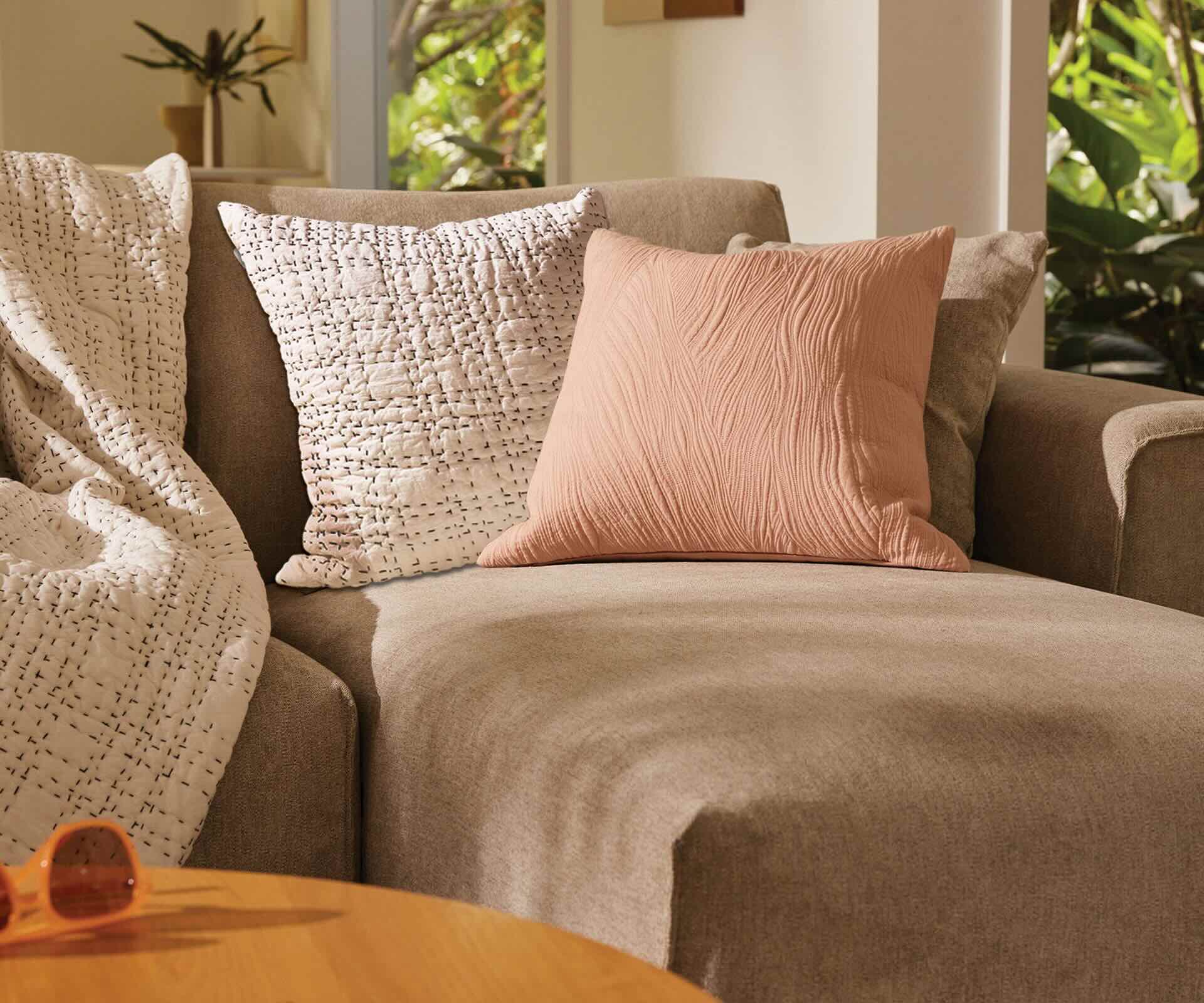
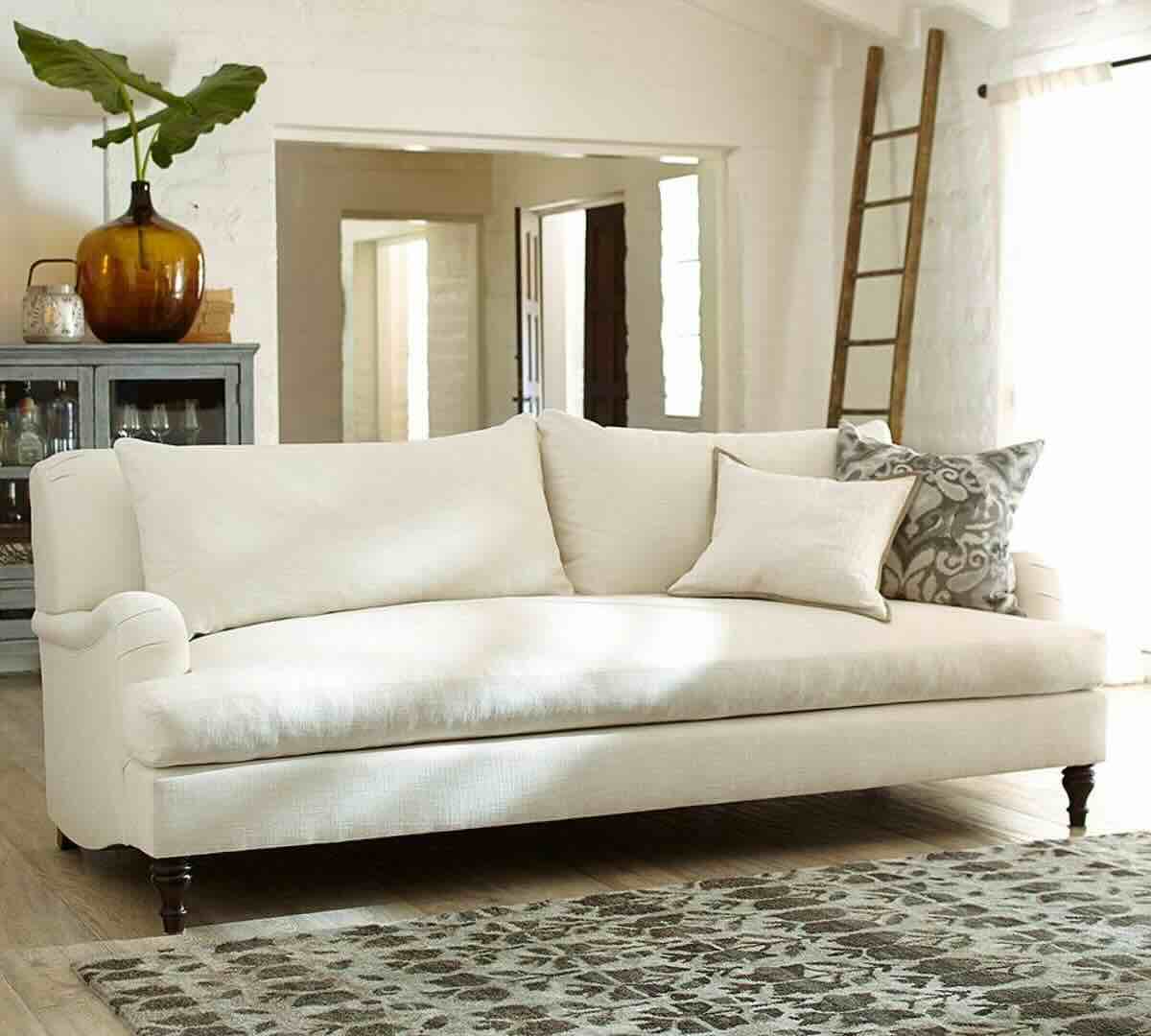

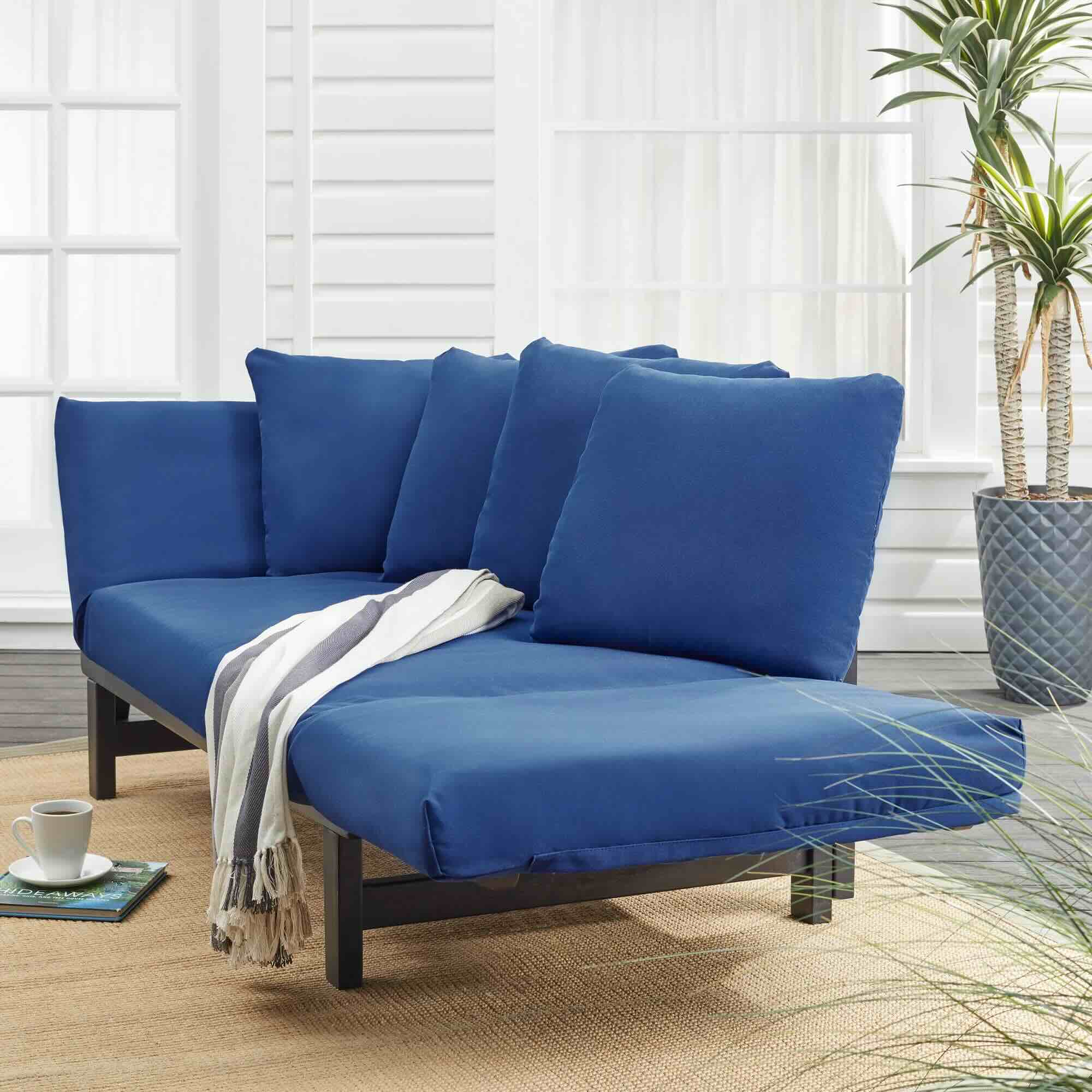
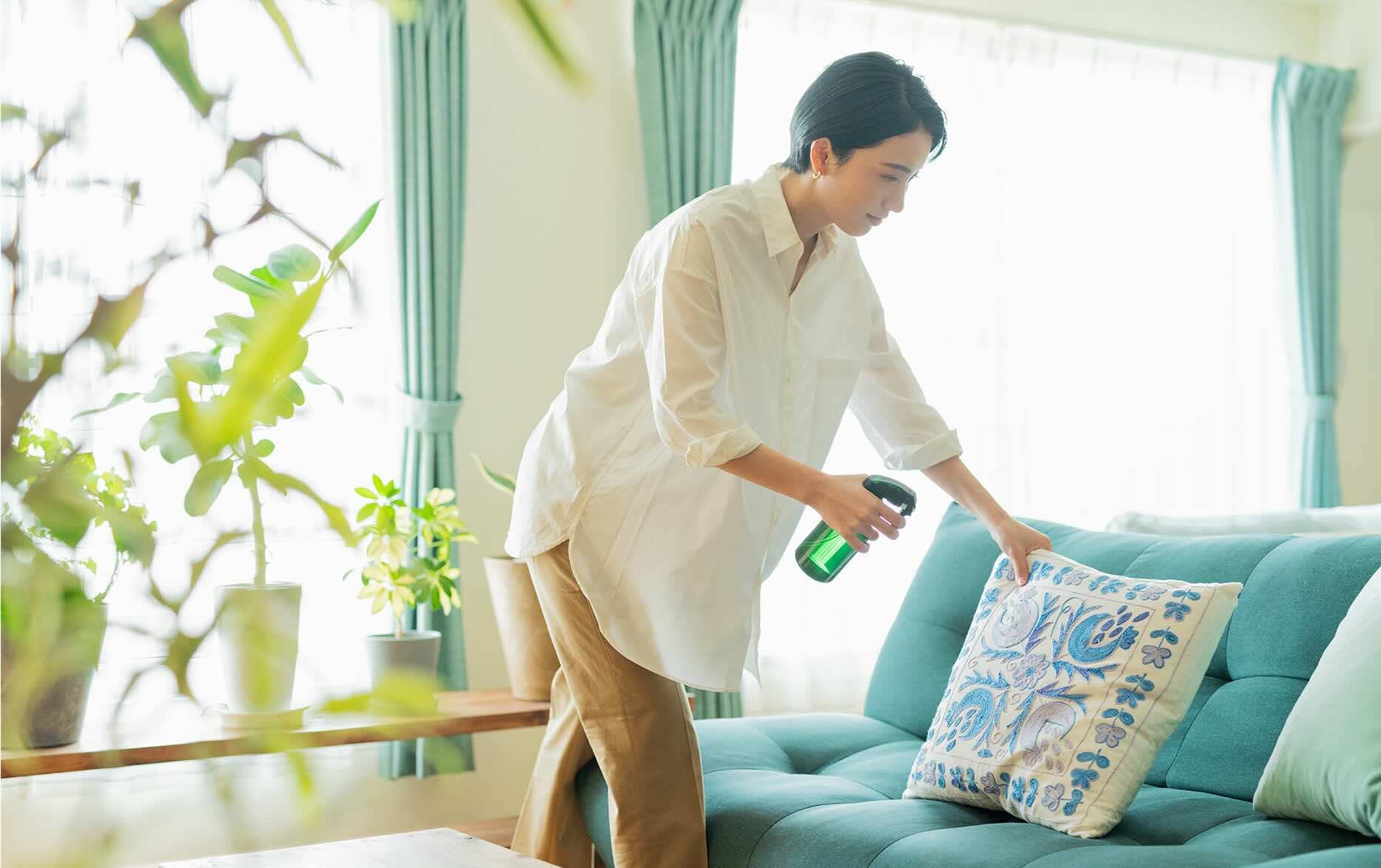
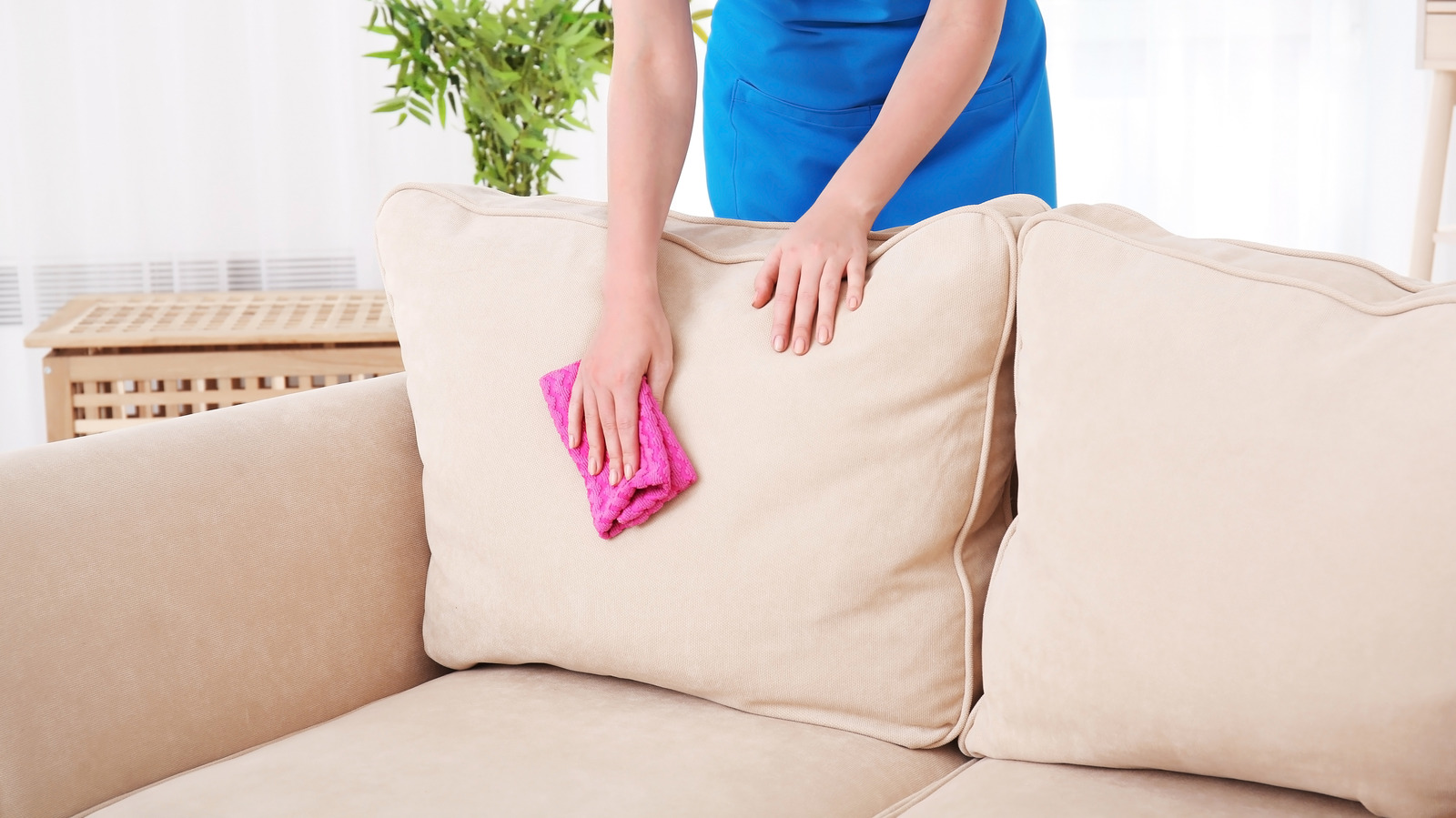
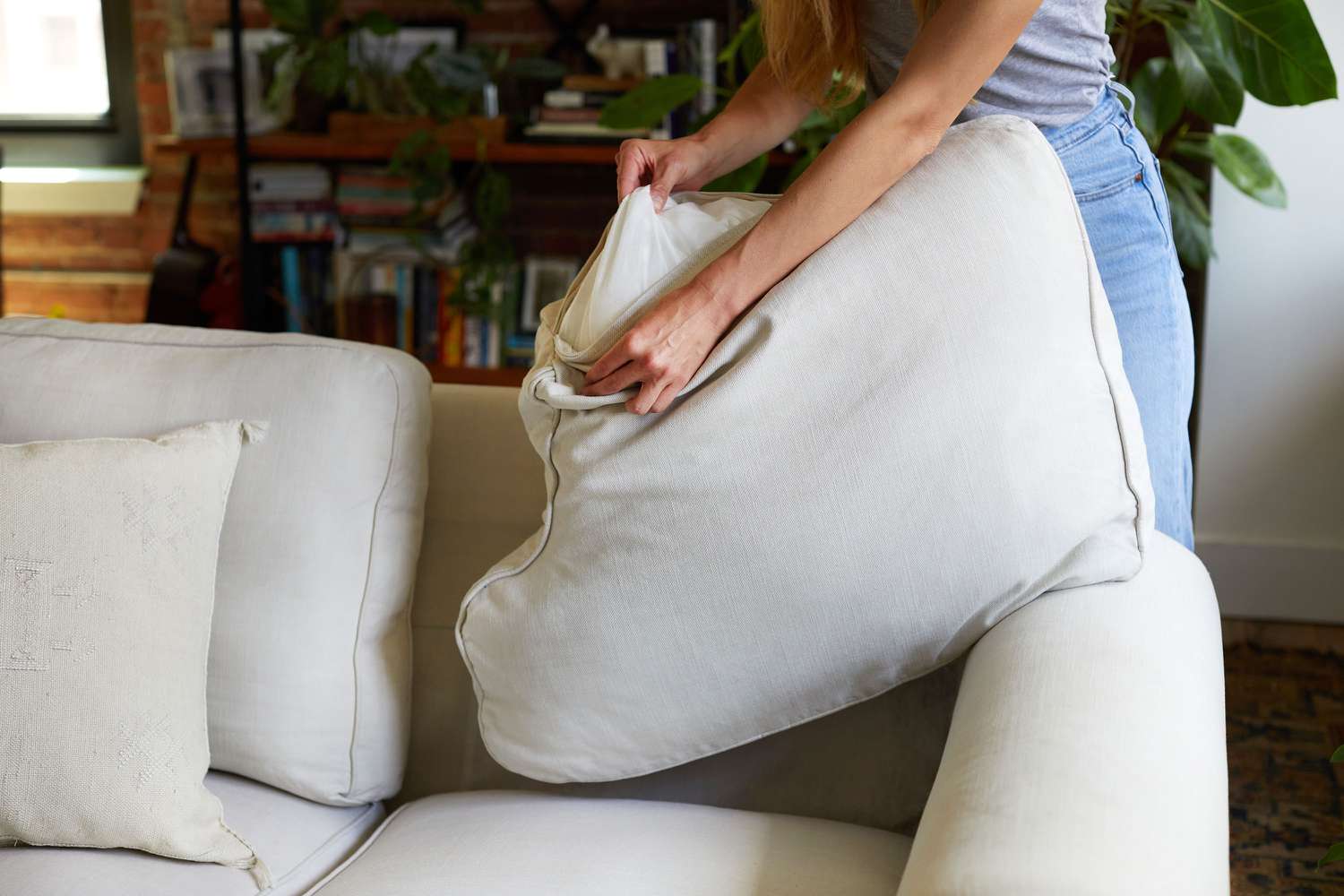
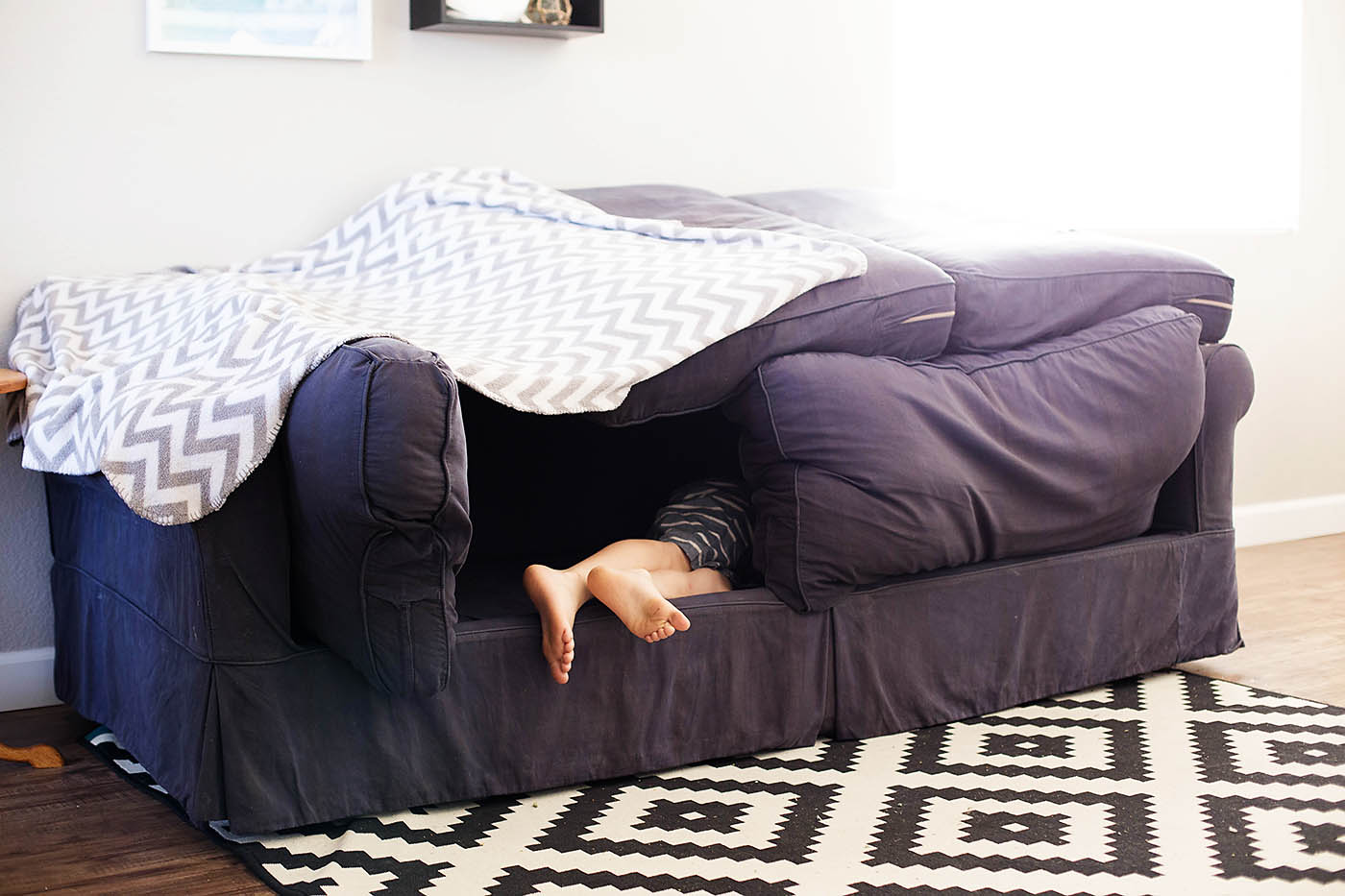
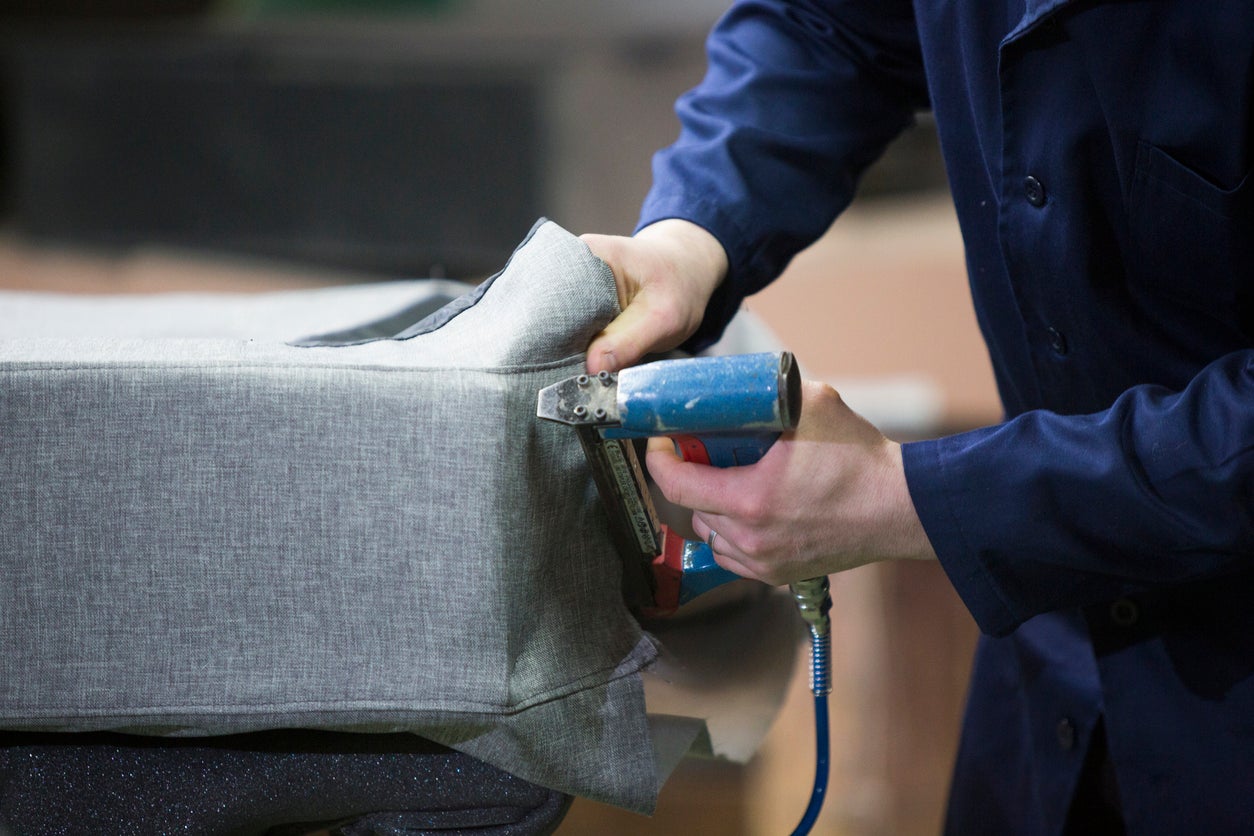
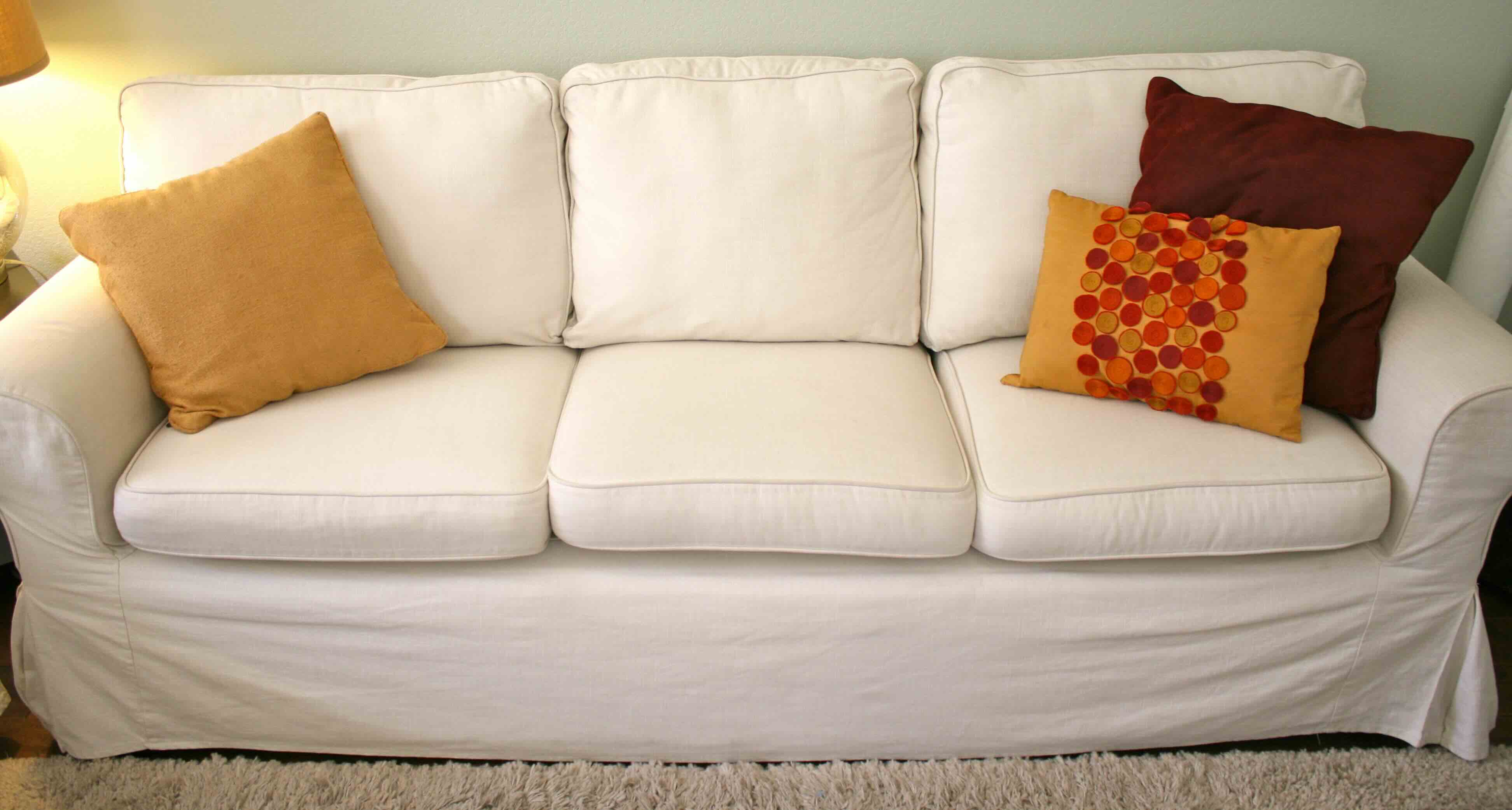
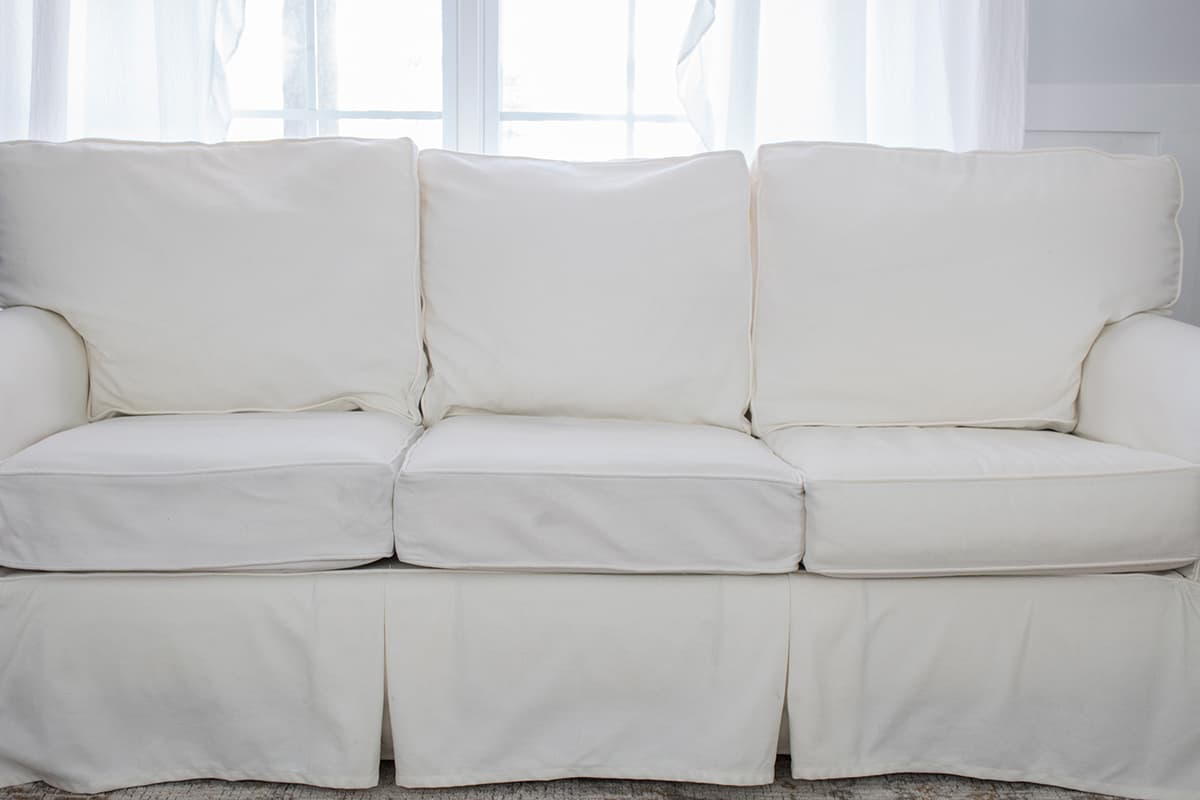
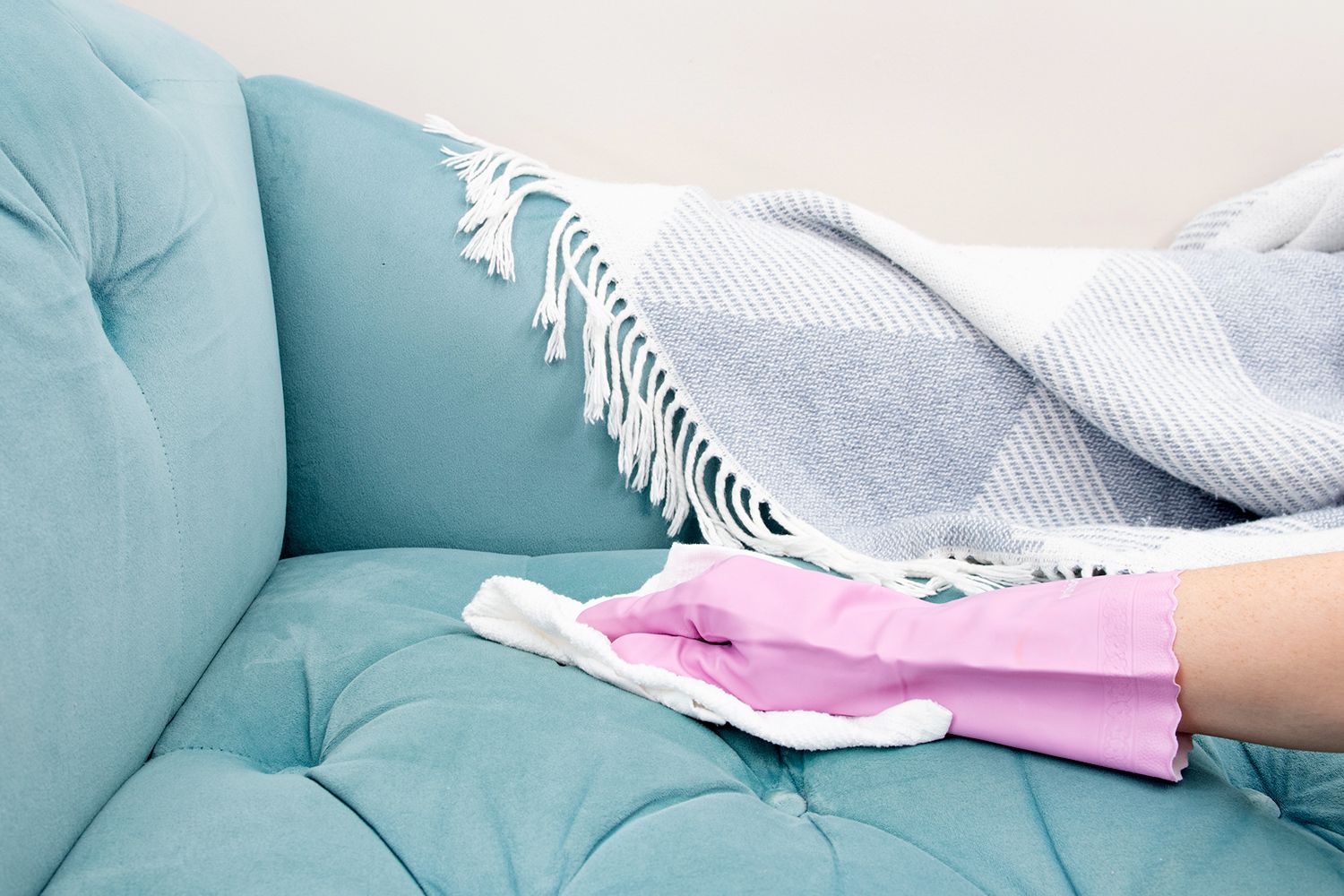


0 thoughts on “How Long Do Couch Cushions Last”